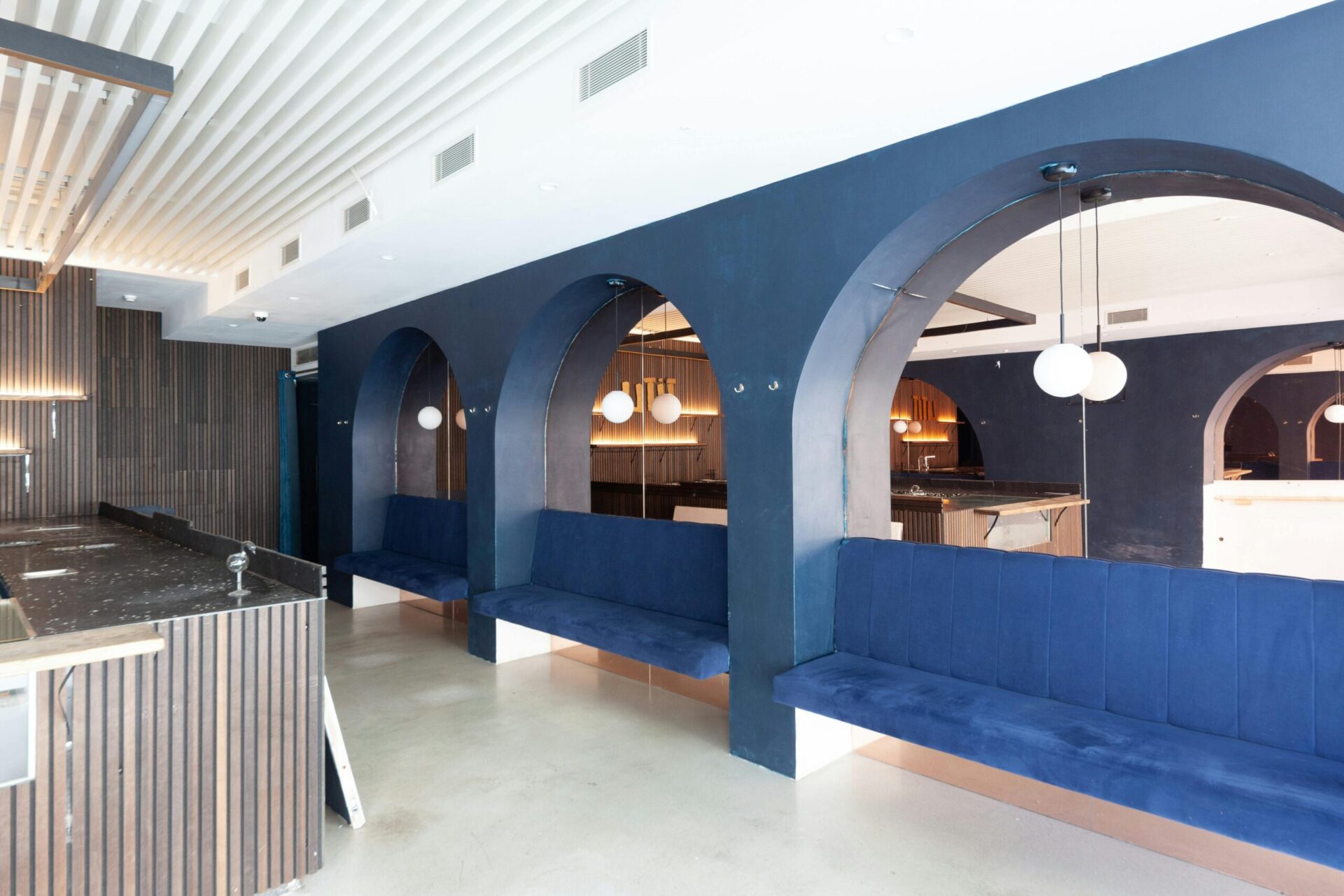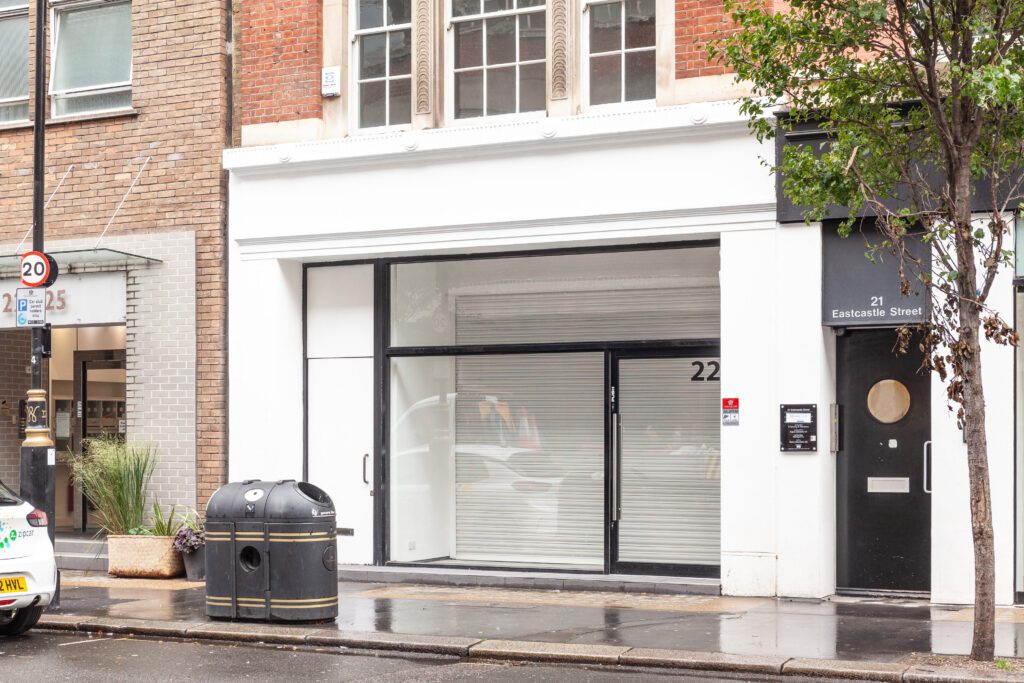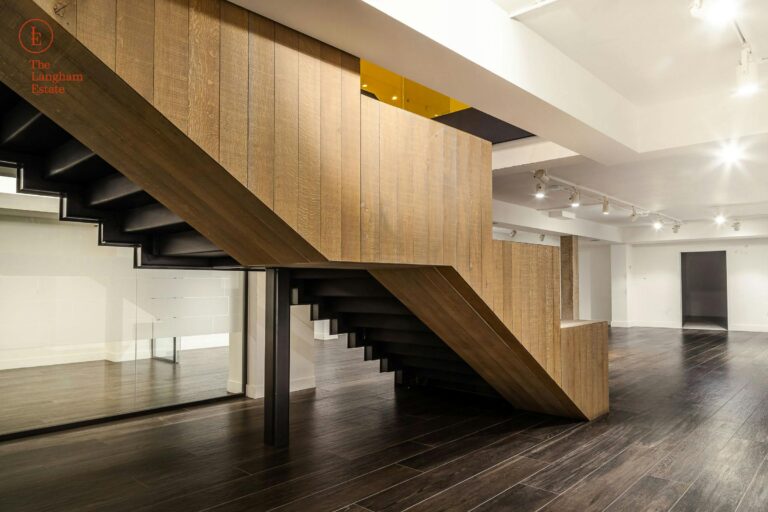The true cost of shop rental in London, by area & size

Central London remains one of the most expensive retail markets in the world. However, the cost of shop rental in this area varies dramatically depending on street, frontage, audience, and unit size.
Inspired by our retail rental cost report, this guide is essential for any retailer to make cost-effective choices when renting spaces (1). Let’s dive in the true costs of retail shop renting in some key London markets.
Shop rental costs by area in Central London
The high street shop rents of Central London vary greatly depending on location, retail traffic, audience, and lease flexibility.
Here is a breakdown of the shop lease cost per square foot.
Oxford Street
- Average rental cost: £700-£1000 per sq ft, one of the prime retail streets in Fitzrovia (2).
- Type of audience: Mass-market consumers, international tourists, and high-street fashion chains.
- Street vibe: Fast-paced and high turnover, making it the best area in West End for retail giants.
- Lease terms & flexibility: Rigid, long-term leases (10-20 years), less flexible on turnover rents.
- Hidden costs: Service charges, business rates, facade upkeep, signage, and substantial fit-out costs.
- Shop size impact: Small units command a higher retail rental price per sq ft, while larger flagships are lower per sq ft but higher overall in shop lease cost.

The Langham Estate’s current leasing for SPACE NK
Fitzrovia
- Average rental cost: £150–£400 per sq ft, making it one of the most affordable shop rental areas.
- Type of audience: Independent designers, concept stores, creative professionals, and locals who appreciate fashion retailer in Fitzrovia (3).
- Street vibe: Stylish, artistic, boutique-driven, popular with concept stores.
- Lease terms & flexibility: More flexible, with 5–10-year and negotiable leases.
- Hidden costs: Older buildings with higher maintenance costs, business rates, and limited signage allowances.
- Shop size impact: Small and mid-sized units benefit from the vibe and proximity to transport hubs, while large units may be rare and expensive.

51-53 Eastcastle Street’s retail space is currently on the market
Regent Street
- Average cost of shop rental: £500–£900 per sq ft.
- Type of audience: Affluent shoppers and tourists, particularly luxury and mid-to-high fashion customers
- Street vibe: Historic, elegant, and flagship territory for global fashion retailer brands.
- Lease terms & flexibility: Long, flexible leases with demanding landlord requirements.
- Hidden costs: High business rates, facade upkeep, strict heritage fit-out standards.
- Shop size impact: Small units are extremely expensive per square foot, especially those with primary frontage. Large flagship units (1000+ sq ft) may reduce rental cost but require high total capital.
Covent Garden
- Average rental cost: £300–£700 per sq ft, depending on frontage and piazza visibility.
- Type of audience: Theatre-goers, lifestyle shoppers, and international tourists.
- Street vibe: Vibrant, historic, experiential, and among the best shopping streets for artisan retail.
- Lease terms & flexibility: Moderate flexibility, especially for side-street or upper-floor units.
- Hidden costs: Service charges for public realm upkeep, delivery restrictions, and premium business rates.
- Shop size impact: Small boutiques near the piazza command higher rents, while larger stores require extensive investment in fit-out.
Carnaby Street
- Average cost of shop rental: £200–£600 per sq ft.
- Type of audience: Fashion-forward, younger demographic, trendsetters, and international visitors.
- Street vibe: Trendy, creative, and a hub for lifestyle and niche fashion retailer brands.
- Lease terms & flexibility: Flexible leases, suited to pop-ups and shorter commitments. Sometimes, landlords may negotiate more with niche tenants.
- Hidden costs: Higher fit-out costs in small, older units, facade constraints, business rates, and service charges.
- Shop size impact: Small units dominate due to boutique appeal, mid-size units may pay less but require higher investments, and large units command higher fees but are rare.
Soho
- Average rental cost: £37-£41o per sq ft, making it one of the best areas in the West End for retail (4).
- Type of audience: Nightlife seekers, creatives, and a mix of locals and tourists.
- Street vibe: Eclectic, vibrant, with strong food, beverage, and lifestyle retail culture.
- Lease terms & flexibility: More shorter leases and turnover rent structures.
- Hidden costs: Noise restrictions, costly building upkeep, and tight delivery logistics.
- Shop size impact: Smaller units have high visibility per sq ft, while larger spaces require bespoke fit-out and higher investment.
How shop size impacts rental cost
Unit size significantly influences retail rental price per square foot and the average cost of the rental shop. Below is how different unit sizes suit different business types.
★ For small boutique: 200 – 500 sq ft
- Independent fashion labels and concept stores that can afford prime frontage.
- Vintage or second-hand fashion shops.
- Specialist lifestyle stores (home decor, stationery, and wellness)
- Art galleries or pop-up showrooms (5).
- Coffee shops, dessert shops, and niche F&B.
★ For mid-sized units: 500 – 1000 sq
- Fashion and footwear brands with broader collections. These need more space for stock, changing, or display.
- Specialty food & beverage outlets (wine shops, gourmet groceries, and cafes with seating)
- Fitness or wellness studios (yoga, pilates, and boutique gyms) that need more space for classes, storage, washrooms, and possibly changing rooms.
- Lifestyle & homeware retailers that require more floor depth, larger displays, and possibly frontage and side or rear access.
★ Flagship stores: 1,000+ sq ft
- International fashion and luxury brands that want a presence, image, and impact.
- Department stores or multi-brand retailers that want large units, multiple levels, storage, and large visible frontage.
- Home furnishings and large lifestyle brands like IKEA and Muji, when localised.
- Experiential retail, including showrooms and brand experience centres, where ambience, layout, and design are central.
Larger units seem cost-effective, but the total annual cost will be higher. For instance, bigger units often demand more fit-out investments, such as custom lighting, flooring, structural work, and multiple services. These fit-outs are often paid upfront but amortised over many years, significantly increasing the shop lease cost.


Selecting the best area in West End requires balancing the cost of shop rental, footfall, and brand positioning. If you want retail space in London’s West End, The Langham Estate has a portfolio across prime streets.
Contact us for available units, and we’ll work with you to create a transparent cost structure and store planning that aligns with your needs (6).
Reference list:
(1) What to expect from Central London retail rental prices in 2025
(2) Best shopping streets in Fitzrovia for commercial rentals (2025)
(3) The rise of independent fashion retailers in Fitzrovia
(4) Best area in West End London for retail shop (2025)
(5) Why are pop-up leases becoming popular in Fitzrovia’s real estate market?
(6) Why does retail store space planning matter for business success?